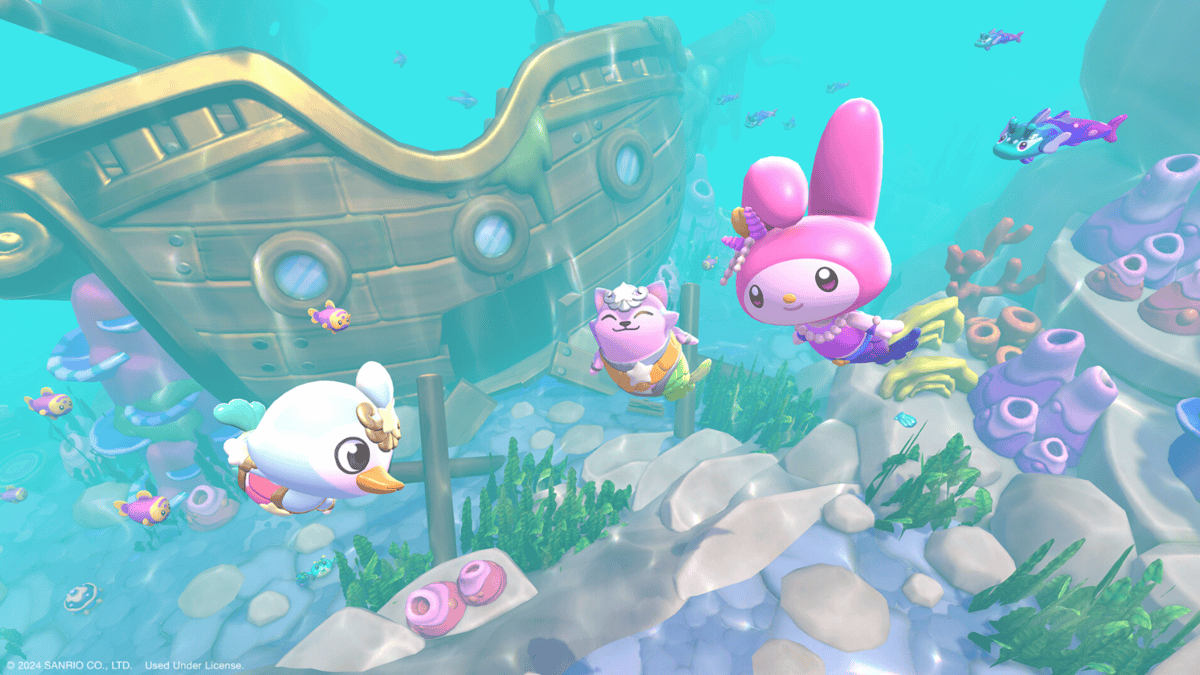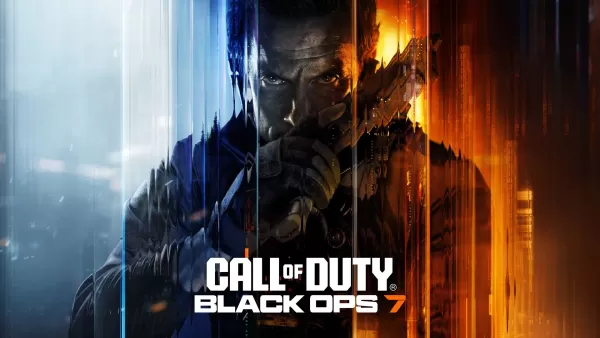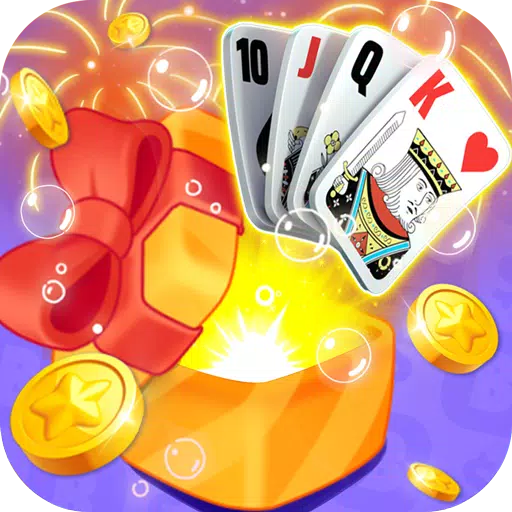Nintendo stands as a titan in the annals of video game history, renowned for its relentless innovation and creativity within the home console market. The company boasts a treasure trove of iconic intellectual properties (IPs) that continue to enchant players decades after their debut. With an exciting lineup of upcoming titles, Nintendo shows no signs of slowing down. The recent announcement of the Nintendo Switch 2 has sparked renewed interest in the gaming giant's illustrious history. Let's take a nostalgic journey through every console Nintendo has ever released, celebrating how each has pushed the boundaries of gaming.
Curious about which Nintendo console boasts the best games? Let us know your favorite!
How Many Nintendo Consoles Have There Been?
In total, 32 Nintendo consoles have graced the market throughout Nintendo's storied history. With the impending release of the Switch 2, that number will rise to 33. Our list includes both home and handheld console revisions, encompassing models such as XL and Mini.
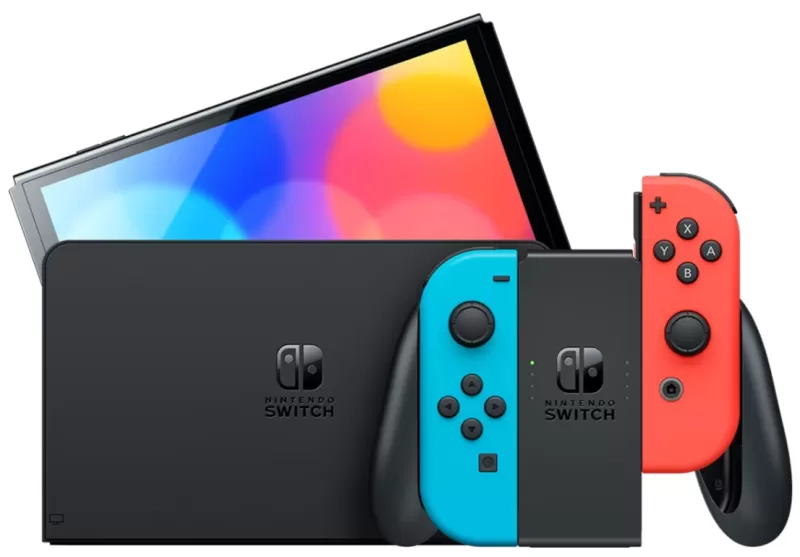
Nintendo Switch OLED (Neon Blue & Red)
See it at Amazon
Every Nintendo Console in Order of Release
Color TV-Game - June 1, 1977
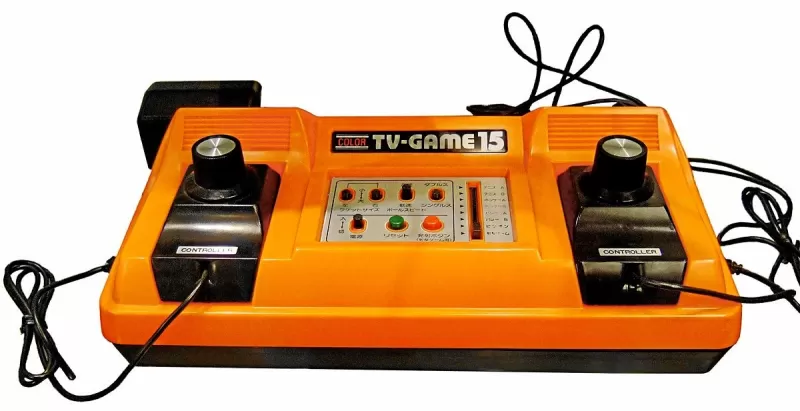
Nintendo's initial venture into gaming hardware was the Color TV-Game series, a collaboration with Mitsubishi Electronics due to Nintendo's early inexperience with hardware development. These systems were a resounding success and paved the way for Nintendo's enduring commitment to gaming innovation.
Game & Watch - April 28, 1980
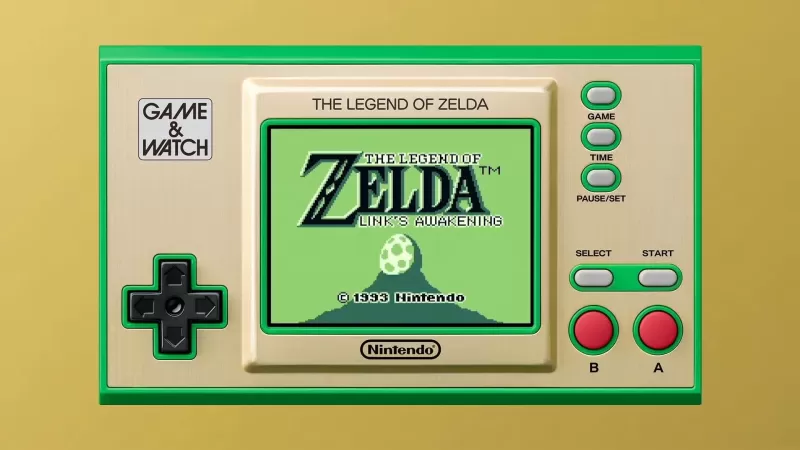
Marking Nintendo's entry into the handheld market, the Game & Watch series sold over 40 million units worldwide. These devices introduced innovations like the D-Pad, which remains a staple in gaming today. Recent limited editions celebrate the legacy of Mario and Zelda.
Nintendo Entertainment System - October 18, 1985

Known as the Famicom in Japan, the Nintendo Entertainment System (NES) revolutionized gaming with its cartridge system, birthing iconic franchises such as Super Mario, The Legend of Zelda, and Metroid. It's a cornerstone in video game history.
Game Boy - July 31, 1989
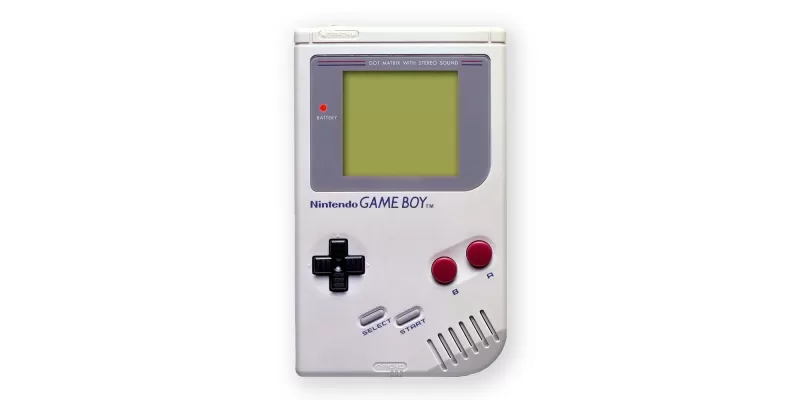
The Game Boy took handheld gaming to new heights with its cartridge system, allowing players to enjoy a variety of games. Its most famous title, Tetris, was bundled with the console in many regions, cementing its place in gaming culture.
Super Nintendo Entertainment System - August 23, 1991

The Super Nintendo (SNES) introduced 16-bit graphics to Nintendo's home consoles, evolving beloved series with titles like Super Mario World and Donkey Kong Country. Despite launching later in its generation, the SNES became a top seller due to its exceptional game library.
Virtual Boy - August 14, 1995
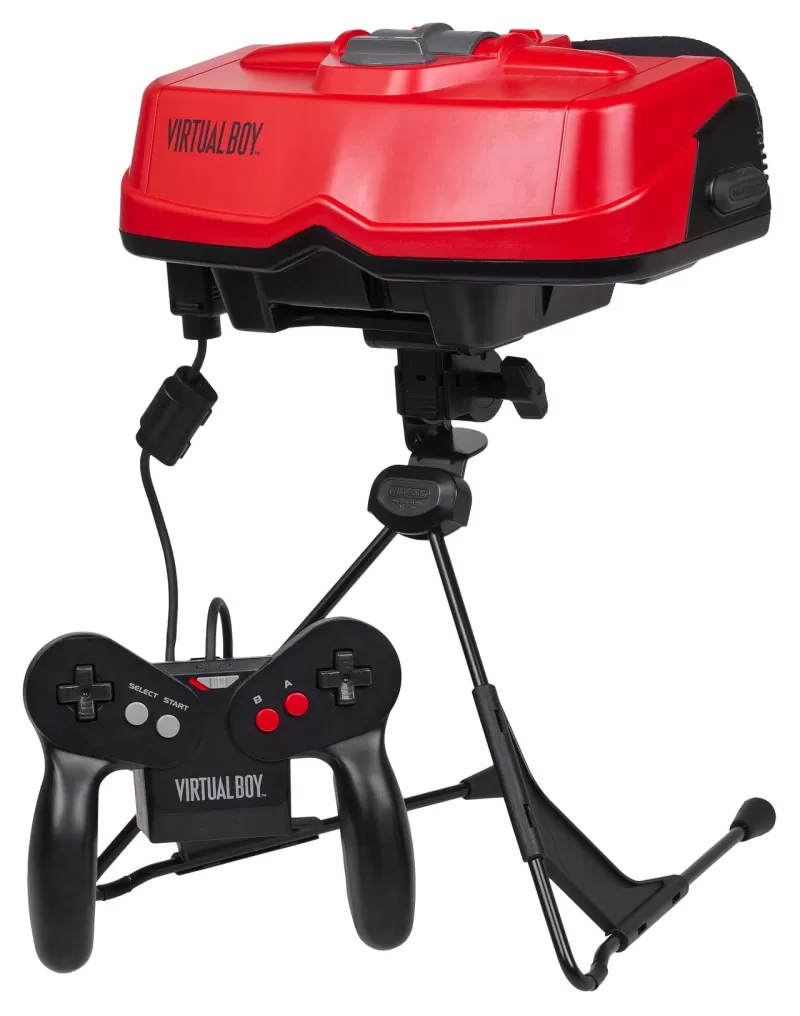
The Virtual Boy was Nintendo's bold but short-lived experiment with 3D visuals. Only 22 games were released for it, including notable titles like Mario's Tennis and Virtual Boy Wario Land.
Game Boy Pocket - September 3, 1996

The Game Boy Pocket refined the original Game Boy with a smaller form factor and a clearer black-and-white screen, though it had a shorter battery life.
Nintendo 64 - September 29, 1996
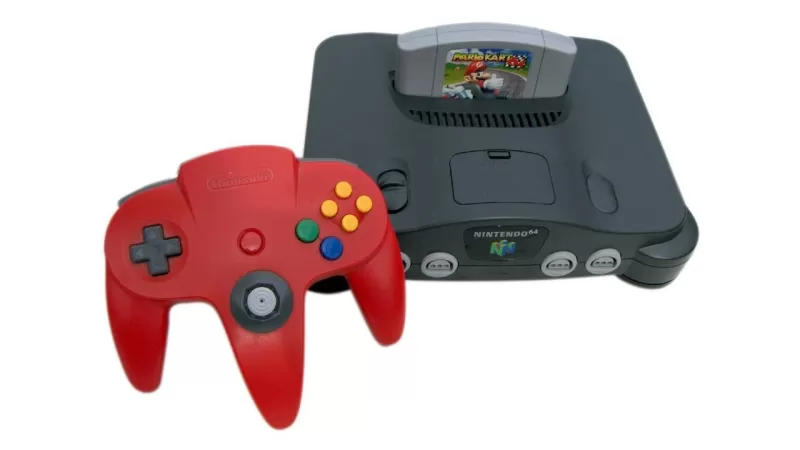
The Nintendo 64 ushered in 3D gaming for Nintendo's home consoles, with groundbreaking titles like Super Mario 64 and The Legend of Zelda: Ocarina of Time. Its innovative controller featured the first analog stick, revolutionizing gameplay.
Game Boy Light - April 14, 1998
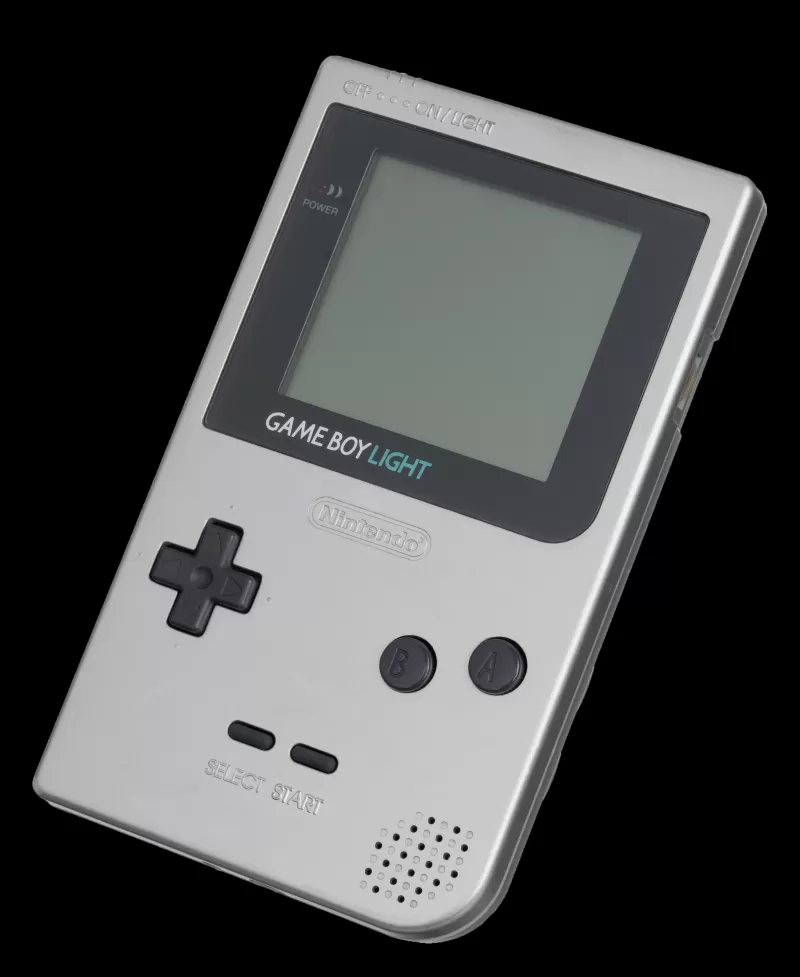
Exclusive to Japan, the Game Boy Light added a backlight to the Game Boy series, enhancing visibility and extending battery life to around 20 hours.
Game Boy Color - November 18, 1998
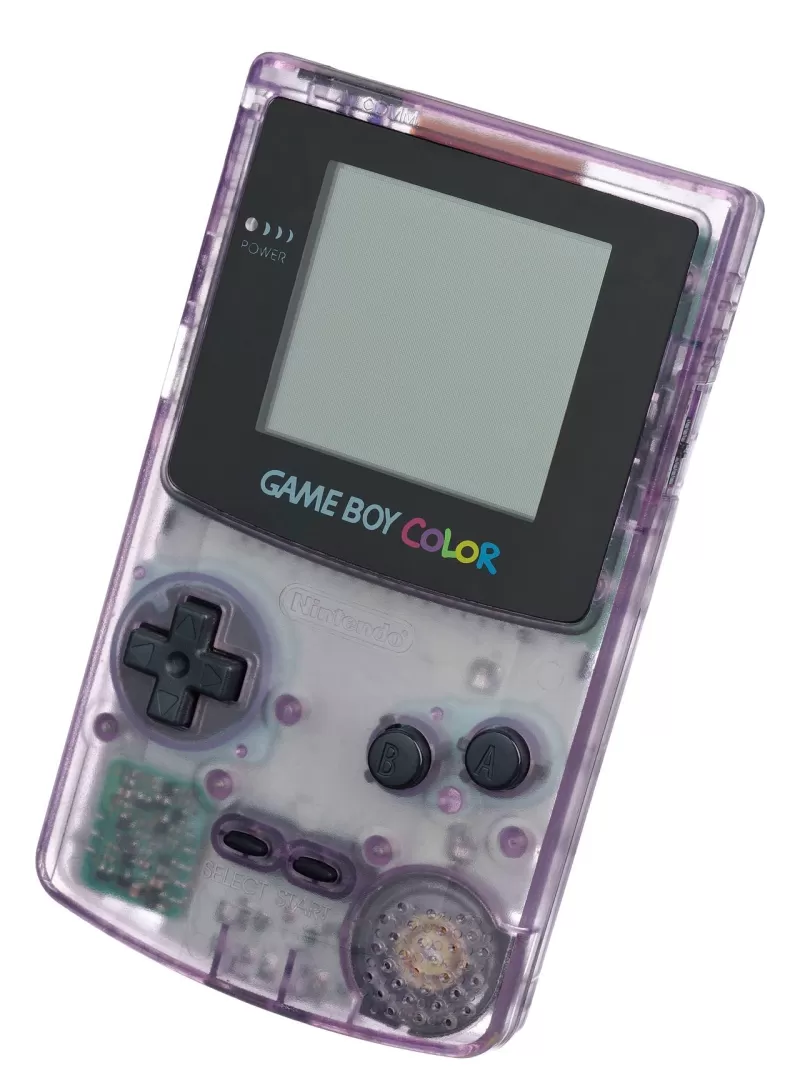
The Game Boy Color brought vibrant graphics to handheld gaming, with backwards compatibility ensuring a broad game library. It opened up new experiences with color-enhanced versions of classics like Tetris.
Game Boy Advance - June 11, 2001
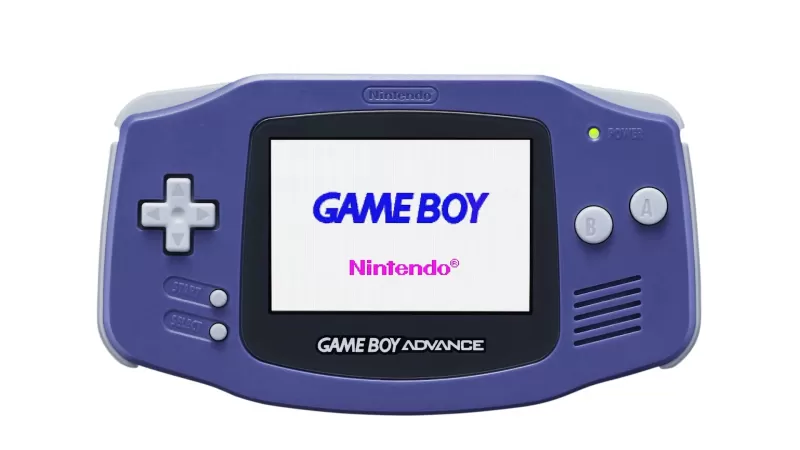
The Game Boy Advance (GBA) introduced 16-bit graphics to the handheld market, along with a horizontal design and backwards compatibility with previous Game Boy titles, expanding the gaming experience significantly.
Pokémon mini - November 16, 2001
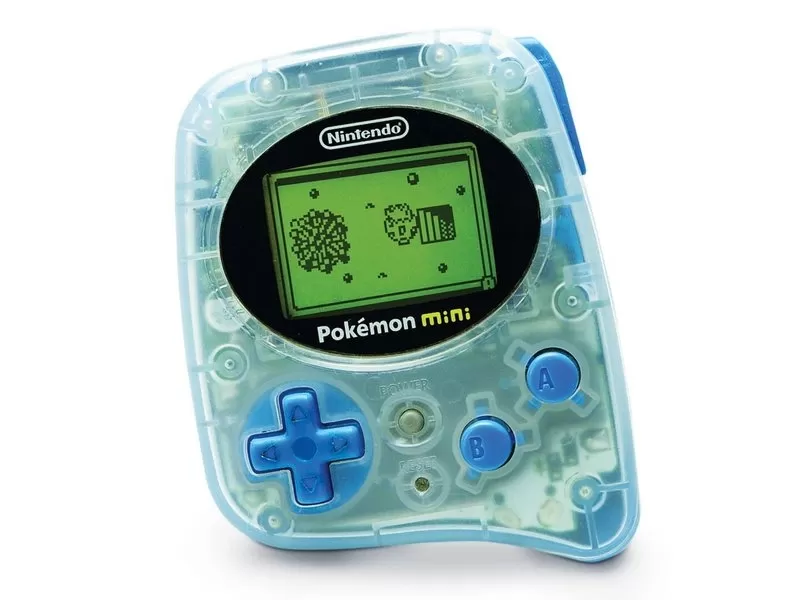
The Pokémon mini was a tiny, specialized handheld focused solely on Pokémon games, featuring unique features like a built-in clock and infrared communication.
Nintendo GameCube - November 18, 2001
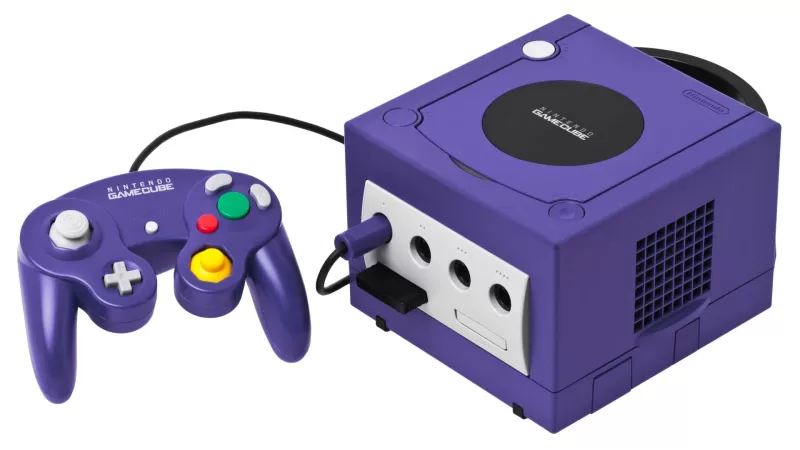
The GameCube continued Nintendo's legacy with beloved sequels like Super Mario Sunshine and The Legend of Zelda: Wind Waker. It transitioned from cartridges to discs and introduced a more ergonomic controller.
Panasonic Q - December 14, 2001
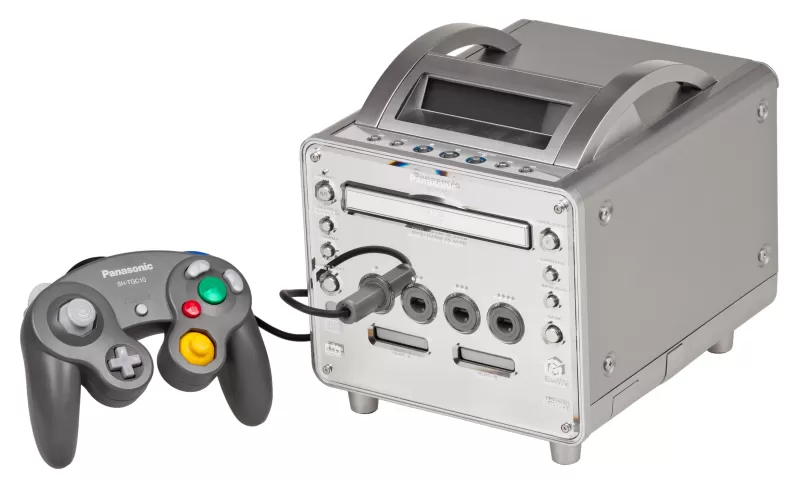
A collaboration with Panasonic, the Q combined a GameCube with a DVD player, offering a sleek design but suffering from poor sales due to its high price.
Game Boy Advance SP - March 23, 2003
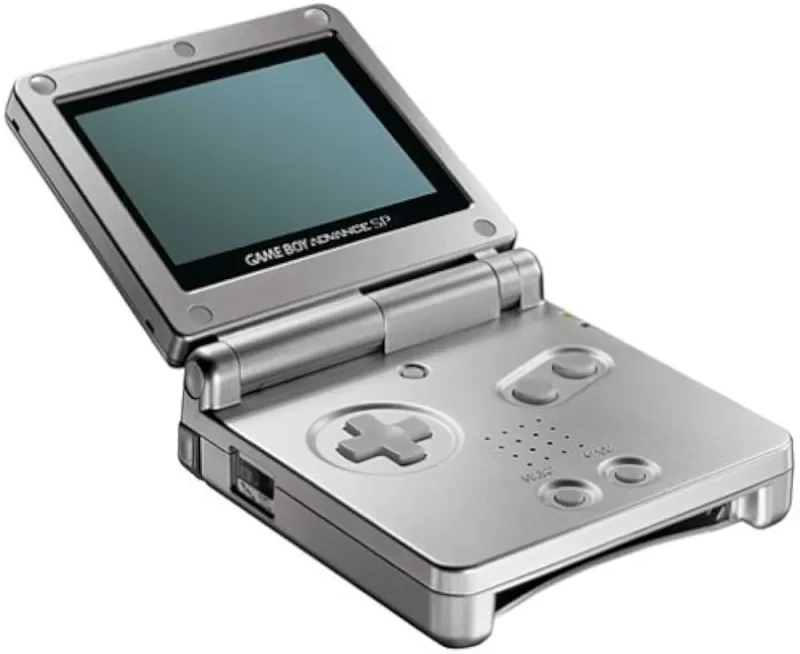
The GBA SP featured a clamshell design, a rechargeable battery, and a backlit screen in later models, significantly enhancing the handheld experience.
Nintendo DS - November 21, 2004
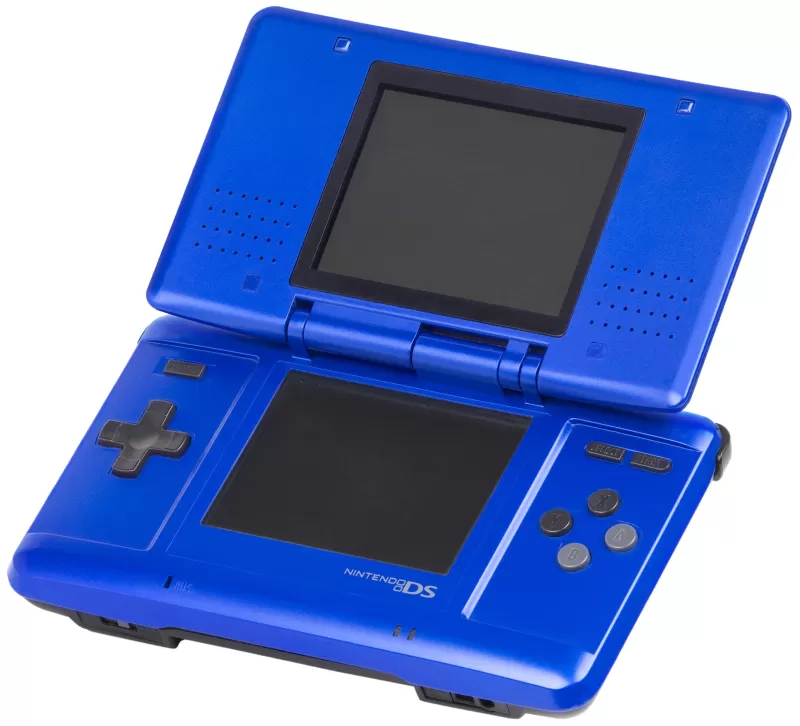
The Nintendo DS introduced dual screens, with the bottom screen being a touchscreen, revolutionizing game design and becoming Nintendo's best-selling console.
Game Boy Micro - September 19, 2005
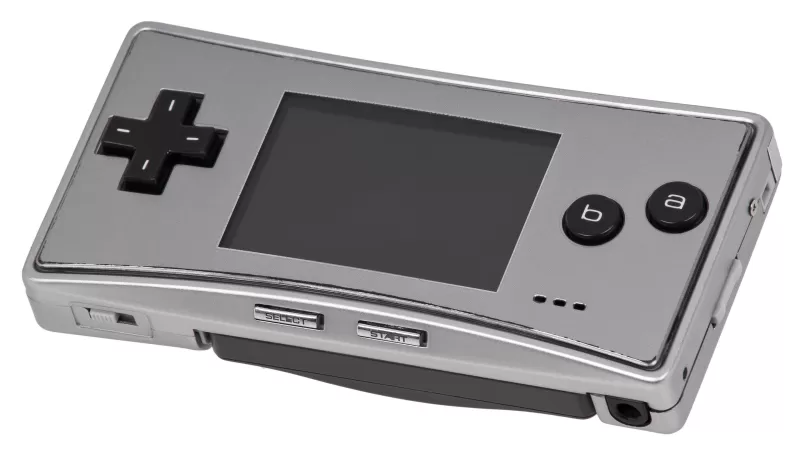
The Game Boy Micro was a compact version of the GBA, featuring adjustable backlighting and compatibility with a wide range of games, though it had a relatively short production run.
Nintendo DS Lite - June 11, 2006

The DS Lite was a sleeker, lighter version of the DS with brighter screens and improved battery life, enhancing the user experience.
Nintendo Wii - November 19, 2006
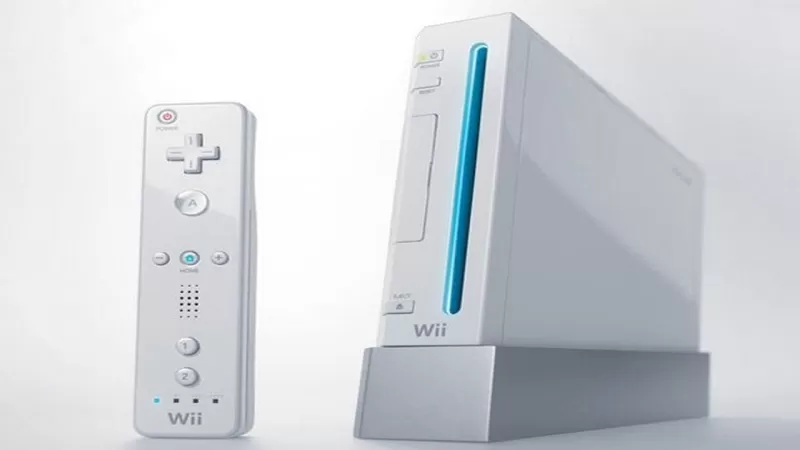
The Wii revitalized Nintendo's home console market with its motion control technology, offering a unique gaming experience and backwards compatibility with GameCube games.
Nintendo DSi - November 1, 2008
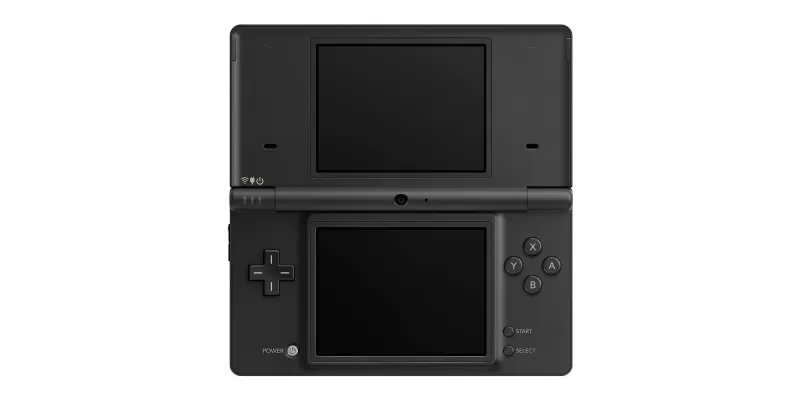
The DSi added cameras and an SD card slot to the DS line but removed the Game Boy Advance slot, focusing on new features and digital content.
Nintendo DSi XL - November 21, 2009
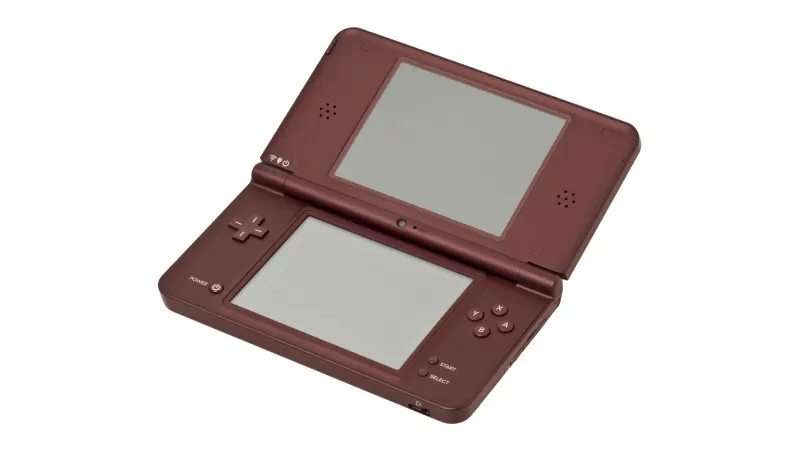
The DSi XL offered larger, clearer screens and improved sound, making games more enjoyable and accessible.
Nintendo 3DS - March 27, 2011

The 3DS introduced glasses-free 3D gaming, a significant leap from the DS, and featured a robust library including titles like The Legend of Zelda: A Link Between Worlds.
Nintendo 3DS XL - August 19, 2012
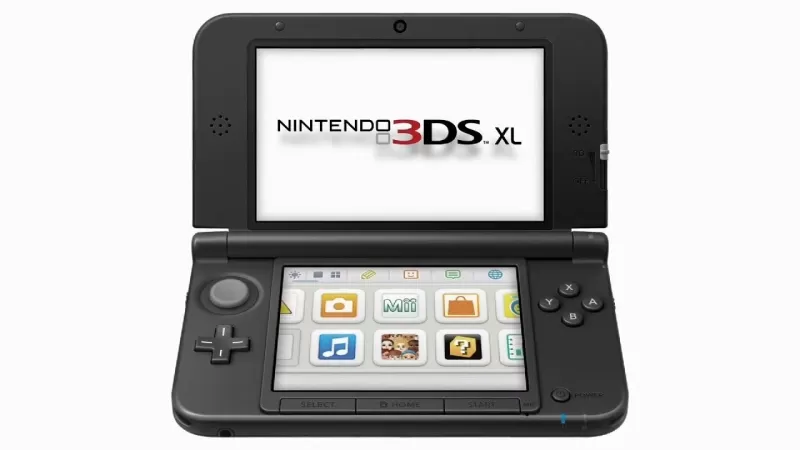
The 3DS XL offered a larger screen for a more immersive experience while retaining all the features of the original 3DS.
Nintendo Wii U - November 18, 2012

The Wii U introduced the GamePad controller with a built-in screen, enabling off-TV play. It supported HD graphics and offered unique titles like Super Mario 3D World and Splatoon, though it struggled with sales due to marketing challenges.
Nintendo Wii Mini - December 7, 2012

The Wii Mini was a stripped-down version of the Wii, removing several features to offer a more affordable option at the end of its lifecycle.
Nintendo 2DS - October 12, 2013
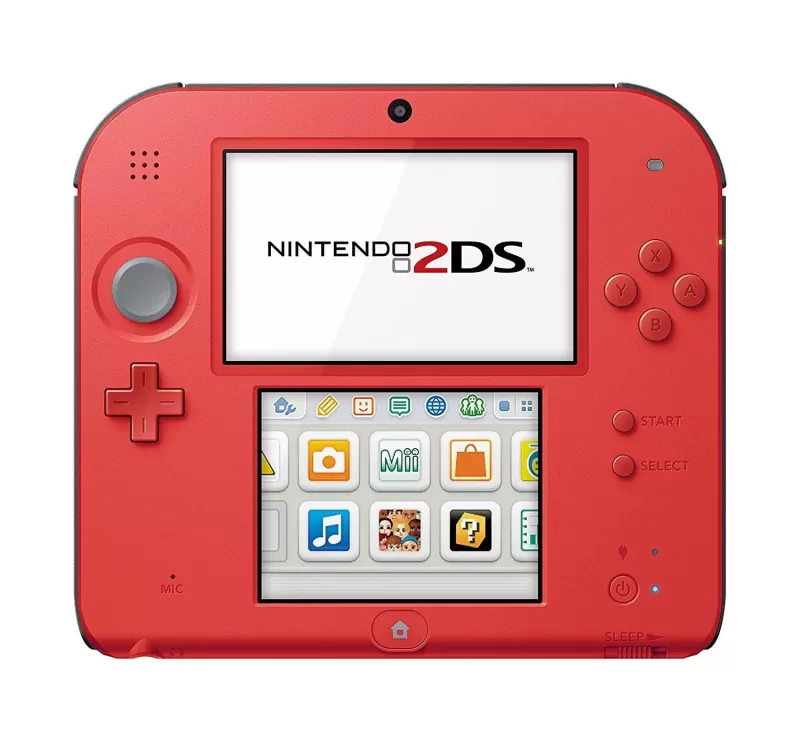
The 2DS provided a budget-friendly alternative to the 3DS, removing the 3D feature but maintaining compatibility with all 3DS games.
New Nintendo 3DS - October 11, 2014
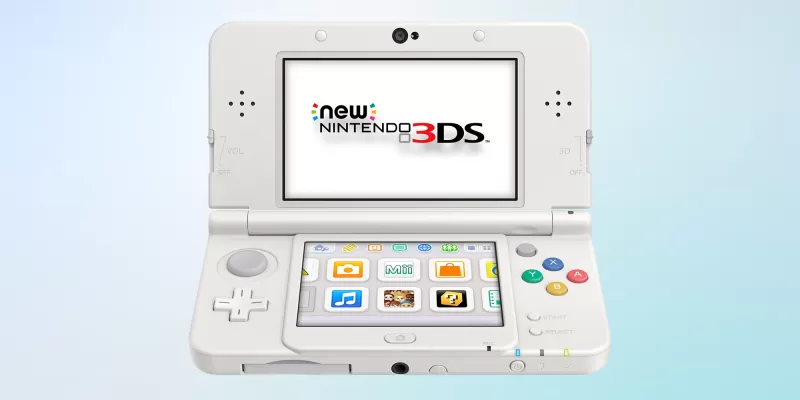
The New 3DS enhanced the original with new controls like the C-Stick and ZR/ZL buttons, as well as NFC support for amiibo.
New Nintendo 3DS XL - February 13, 2015
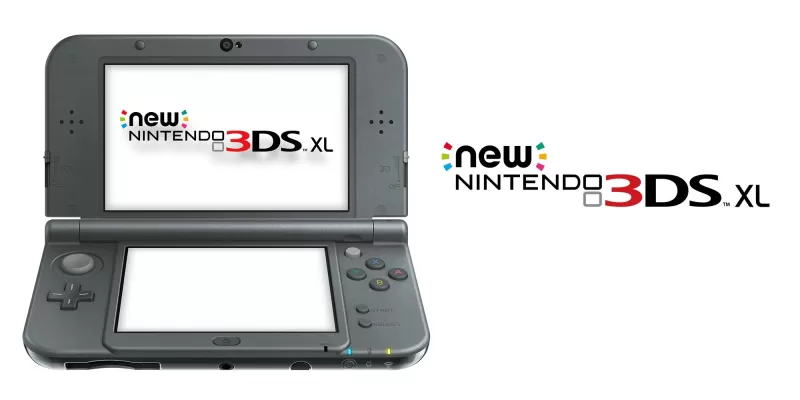
The New 3DS XL featured larger screens than its predecessor, though it removed the ability to change face plates, offering numerous special editions instead.
Nintendo Switch - March 3, 2017
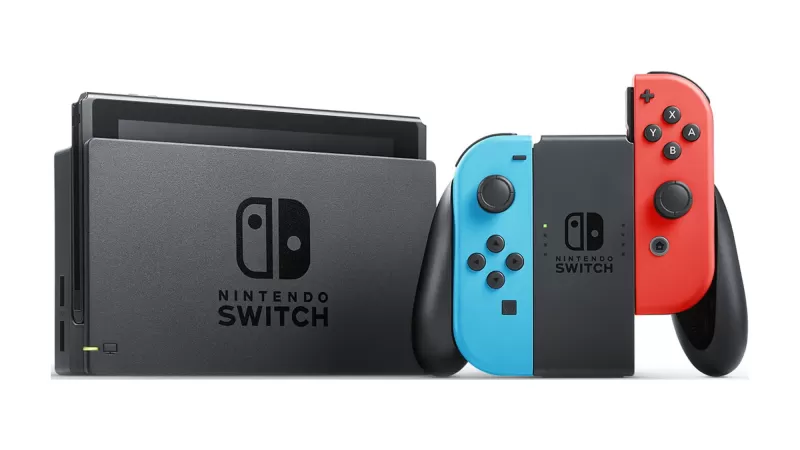
The Switch combined home and portable gaming, delivering a versatile experience with a strong first-party library and multiple special editions.
New Nintendo 2DS XL - July 28, 2017
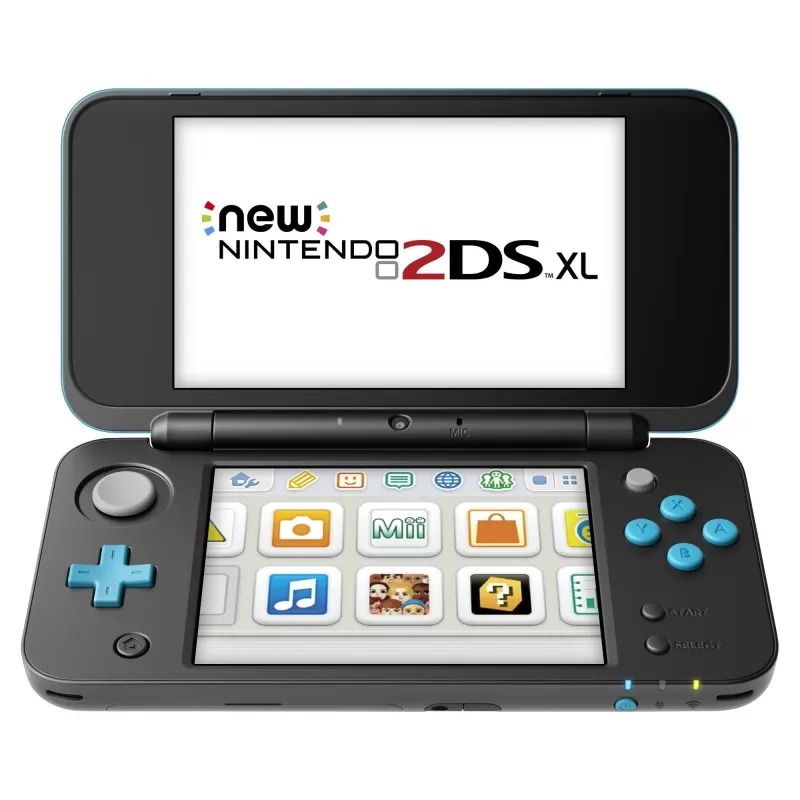
The New 2DS XL added features like an analog stick and amiibo support, returning to the clamshell design and expanding the game library to include New 3DS titles.
Nintendo Switch Lite - September 20, 2019

The Switch Lite offered a more compact and affordable option, focusing exclusively on handheld play with built-in controllers.
Nintendo Switch OLED model - October 8, 2021

The OLED model of the Switch featured a larger, higher-quality screen, improved speakers, and a new kickstand, enhancing the gaming experience further.
Upcoming Nintendo Consoles
After years of speculation, Nintendo has officially unveiled the Nintendo Switch 2. The reveal showcases new Joy-Con attachment methods, a larger screen, and an additional USB-C port. The trailer hints at innovative gameplay with Joy-Con used as a mouse and suggests a new Mario Kart game with 24-player support. The console promises to be "mostly" backward compatible and will support both physical and digital games.
Rumored to be priced around $400, the Switch 2 is eagerly anticipated. More details, including a release date, are expected during a Nintendo Direct scheduled for April 2.
What games are you hoping to see on the Nintendo Switch 2? Share your wishlist!


